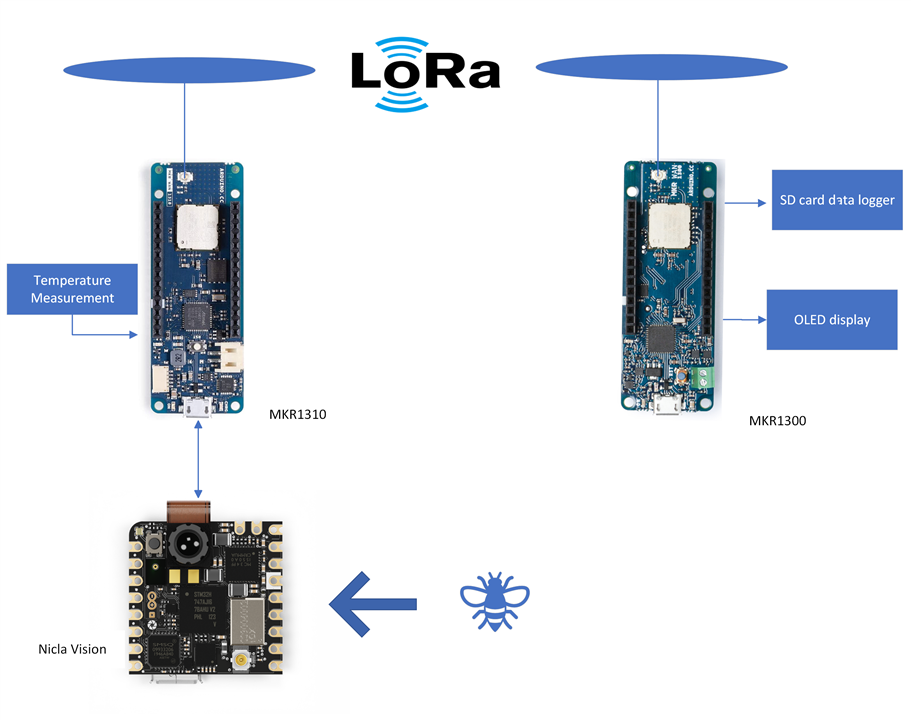As I mentioned in my first blog post, my research object will be soil-nesting bees such as Cellophane bees. Bumble Bees are soil-nesting bees too. In fact, Rusty-Patched Bumble Bee is Minnesota State Bee. Basing on University of California Agriculture and Natural Resources ANR Publication 8498, approximated 70 percent of native bees in California are solitary ground nesters. Ground-nesting bees look for patches of bare soil or soil with light leaf litter to construct nest tunnel to build their brood cells. Nesting is the least studied component of native bee ecology and only general knowledge exists about the best soil types for native bees. While planning ZinnBee project my mind had thought about projects like a pollinator. Another motivation of ZinnBee project for native bees is Go Native. Pollinators are “best” adapted to local, native plants, which often need less water than ornamental plants. Different native bees need different native plants. Bees emergence and life cycles are often synchronized with their preferred plants’ flowering patterns.
After the basic Beehavior research, I defined the initial ZinnBee project specifications, which might be adjusted with my knowledge growing more upon nesting bees’ habitat.
- Monitor temperature of the environment: Bees start to be active at temperatures above 50~55 Fahrenheit.
- Bee detection around the targeting habitats. Bee number counter/type counter around the targeting habitats.
- TBD for more applications if I have time to add them on.
Initial project structure is presented at Fig 1:

Fig 1. ZinnBee Initial System Structure
I finally received my kits from the Element14 community this afternoon. I was so excited to open the package.
Fig 2. Arduino Nicla Vision and MKR1310 from Element 14
I will start to build LoRa communication between two MKR13xx modules on my next blog.
ZinnBee Blogs as below:
